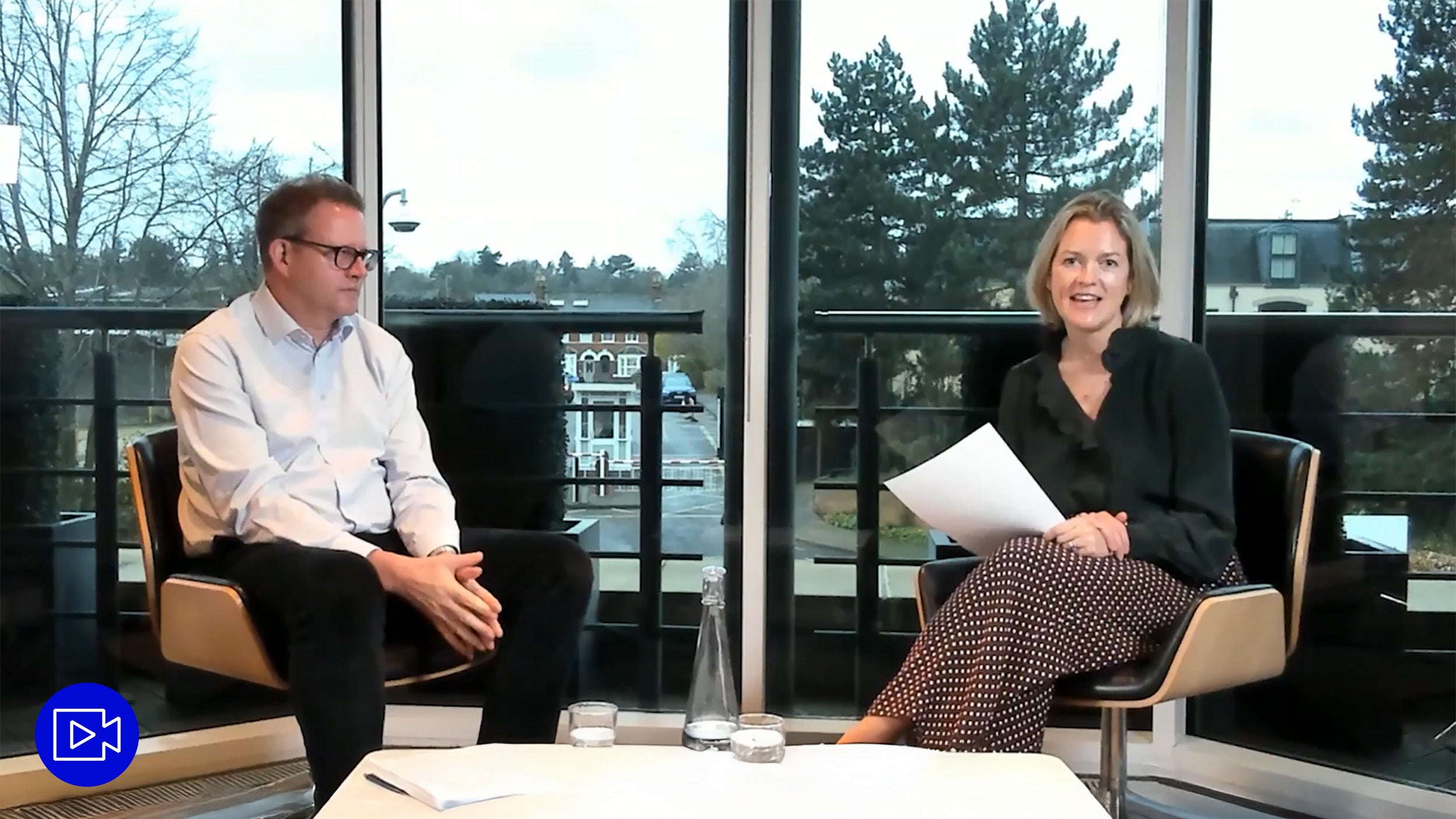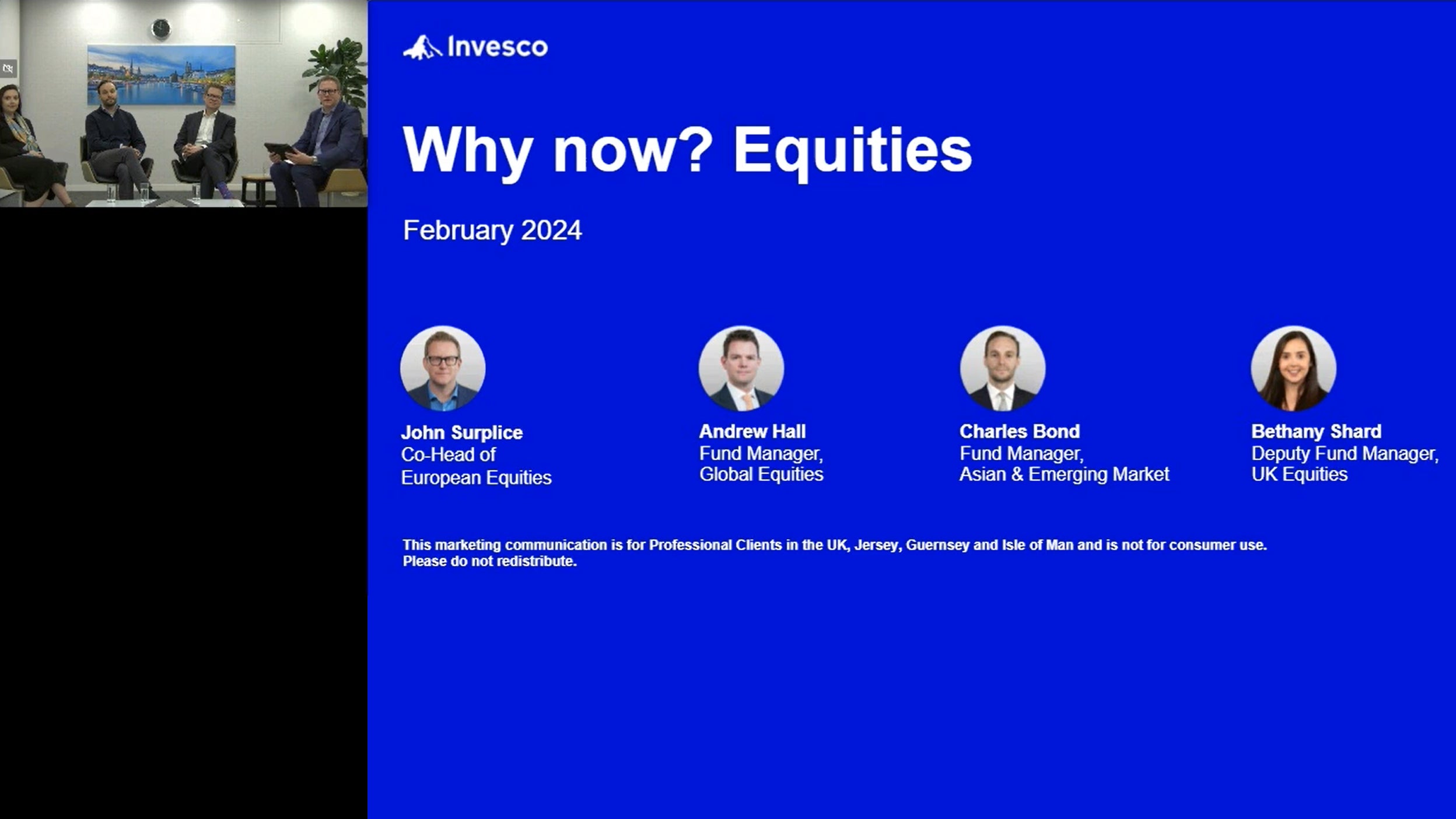7. Calibrating geopolitical risks can be tough when the outcome is binary and it could be that investors over discount the risk (of Taiwan and China) given the recency bias of the Russian invasion of Ukraine. He manages this risk by tempering his overweight in China.
8. Being contrarian can increase the risk of investing in value traps. Our speakers highlighted how they protect against this risk:
- Retain humility. Don’t be afraid to admit when you are wrong
- Look at valuation from a number of angles
- Invest in strong balance sheets…or in the words of Charlie “be sniffy about leverage”
- Be mindful of (stock) liquidity
- Have a sell discipline incorporated in to your process
- Be explicit about the investment thesis and be wary of thesis creep
- Develop a culture of challenge
- Be aware of your (investment) weaknesses
9. Regarding the investment opportunity set and how this looks in early 2024 we are currently seeing a step up in cash returns (both dividends and buybacks) in the UK (and Europe more broadly) and this is occurring across the market including mining, energy and banks and should provide a support to the market.
10. Whilst Japan gets the attention of most market commentators as it hits a new all-time stock market high, the building corporate governance reforms in South Korea is also worth attention: the chaebol structures have been really helpful for South Korea’s economic development (like the zaibatsu in an earlier time for Japan) but have not always aligned with shareholder rights. This seems to be changing with the governments “Corporate Value Up” initiative.







